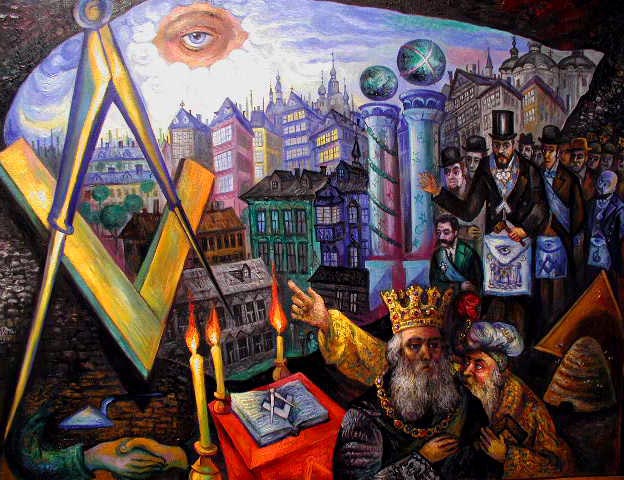Since ancient times, the He-Goat has been used as a symbol of the Mac-a-dan-oian Empire and has always been associated with the wealth of the people of Bible lands.
The particular He Goat that I speak of is one of the most unique and rare wild animals on earth and can mainly be found only where the Ancient Gnostics had lived. It is a native of the Holy Island of Crete and Egypt where it can be found in Sinai and in the wilderness on both sides of the Dead Sea and the Syrian Desert of Arabia.
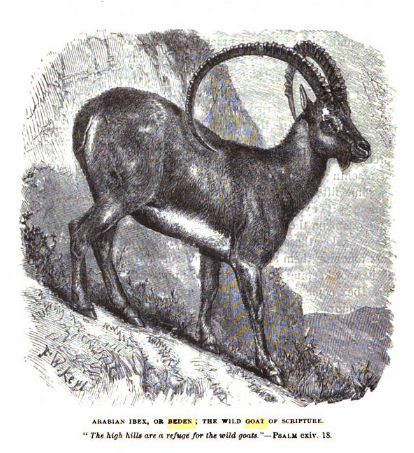
In the Scripture, they are spoken of as wild goats of the rocks who today are known under several names such as the Beden (Baedan, Baden – meaning Son of Dan), and the Cretan Goat (Capra Nubiana) or Abyssinian Ibex. Sometimes called also the Jaela by the Arabs, the Nubian Wild Goat, the Wild Goat of Sinai, and the ‘goats of Moses’. Its scientific name is Capra Beden (Capra Nubiana).
I simply like to call them the “Be-Dan Goats” and they were one of the main and prized animals of the Biblical patriarchs of the East. In fact, it became one of their main symbols for the life and wealth it brought them.
These particular goats had hair when properly taken care of was almost equal in the beauty that of silk, and is never sheared, but combed off. For example, the Levite Moses had used Goat’s hair in making the curtains of the tabernacle, Exod. xxv.
The women would spin the hair that was then worked and dyed which became one of their main exports for global commercial trade. It was said that they attributed the quality of the hair to the soil of the country.
Goats were tended with the sheep by the same shepherd (Gen. xxvii. 9; xxx. 32), but in separate companies (Mat. xxv. 32). Their hair was woven into cloth (Ex. xxv. 4; xxxv. 26), the flesh and milk were used for food (Lev. vii. 23; Dent. xiv. 4; Prov. xxvii. 27), and in extremity their hairy skin served as clothing (Heb. xi. 37).
Their flesh is said to taste excellent and compared to nearly the same flavor as that of the deer. The Bedouins use their skins to make water-bags of their skins, and on their thumbs wear rings made of Bedan horns.
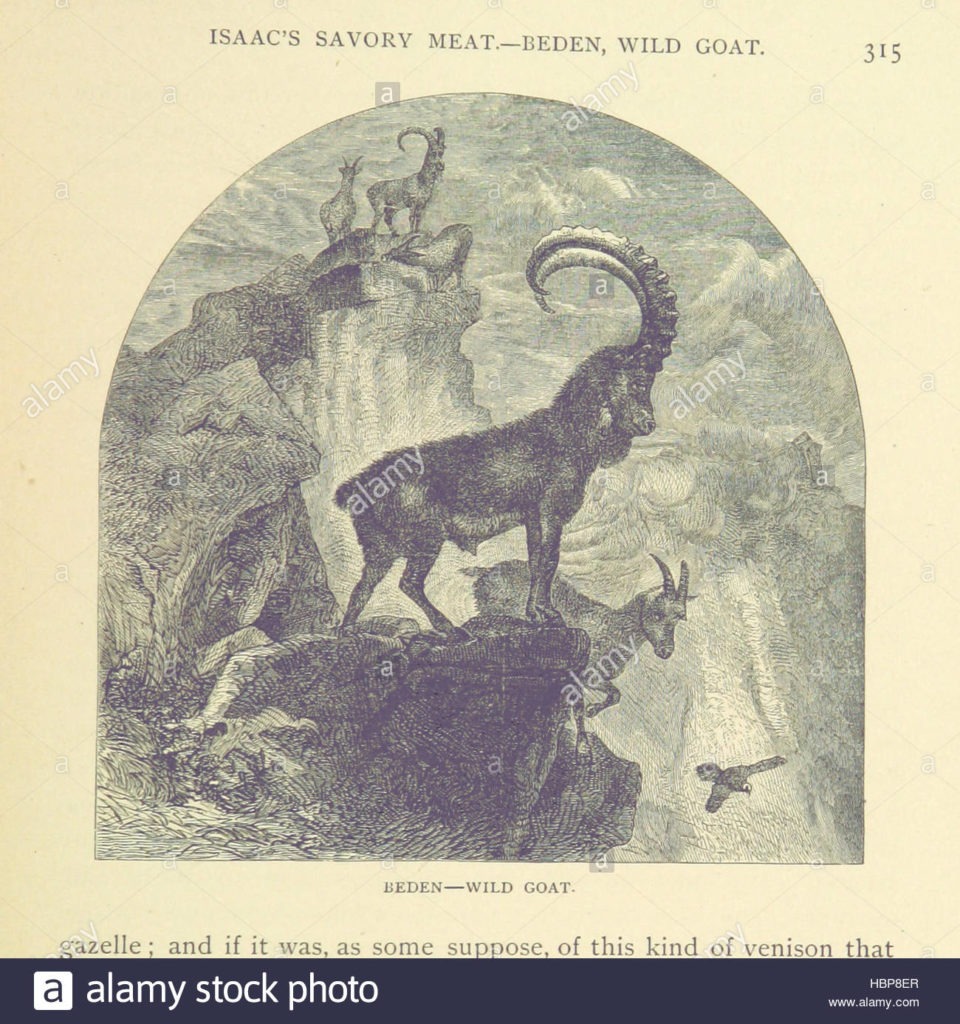
[The Land and the Book; or, Biblical illustrations drawn from the manners and customs, the scenes and scenery, of the Holy Land.] Image taken from page 387 of ‘[The Land and the
THE BEDAN OF THE BIBLICAL PATRIARCHS
The Bedan Goat is first seen in 1 Sam. xxiv. 2, in which it is rendered as “Wild Goats.” “It was told Saul, saying, Behold, David is in the wilderness of En-gedi [i.e. the Fountain of the Goat]. Then Saul took three thousand chosen men out of all Israel, and went to seek David and his men upon the rocks of the wild goats (azelim).”
In a past article, I connect King Saul with the Biblical prophet named Obed or Obediah and in ancient Hebrew (Phonecian) history as King Abibalus of Bediah and Bedan and in Masonic lore has Hiram Abiff. This name Bedan for Saul, meaning Son of Dan also seems to align with the naming of their special Bedan Goats.
Symbolically, we find that it was used as a symbol for the Maccedocians and the he-goat signifies the “chief ones” (Isa 14 9; cf Jer 60 8). In Prov 30 31, one of the four things “which are stately in going” is the he-goat, tayish (Arab. (j**-u, tais, “he-goat”), and is also mentioned in Gen 30 35; 32 14
In Daniel, the powerful king out of the West is symbolized as a goat with a single horn (8 5) and one of the older goats is the leader of the flock. In Isa 14:9 we are told of the downfall of the King of Babylon;
“Sheol beneath is eager to meet you upon your arrival. It stirs the spirits of the dead to greet you— all the rulers of the earth. It makes all the kings of the nations rise from their thrones.”
The “chief ones” are, literally, the he-goats, or “bell-wethers” of the flock (Isaiah 34:6; Zechariah 10:3), of which Hades is the shepherd (Psalm 49:14).and in Jerome 60 8, we learn, “Go forth out of the land of the Chaldeans, and be as the he-goats before the flocks.”
Jacob gave two hundred she-goats and twenty he-goats to Esau (Gn 32″). Nabal had a thousand goats (1 S 25″). Sheep and goats were kept together in flocks (Mt 258S-88). Kids especially were used as food (Gn 27′, Jg 6″> 13″, Lk 15»). among the possessions of Laban and Jacob, and in 2 Ch 17 11 among the animals given as tribute by the Arabians to Jehoshaphat.
These same goats are found in Job xxxix. 1: “Knowest thou the time when the wild goats of the rock bring forth?” And in Ps. civ. 18: “The high hills are a refuge for the wild goats.”
The goat which is sent into the wilderness bearing the sins of the people is sa’lr (Lev 16 7-22). The same name is used of devils (Lev 17 7; 2 Ch 11 15, RV “he-goats”) and of satyrs (Isa 13 21; 34 14, RVm “he-goats,” ARV “wild goats”).
DESCRIPTION OF THE BEDAN GOAT
The Bedan goats are a handsome animal with very long horns set closely on the forehead.
The males are a brown color with a black streak along the spine and the beard is very short, and a long mane hangs from the throat as far as the breast. The females are a greyish-brown, with white and black legs, and her face is very like that of the blessbok, being white, with a black patch and stripe in the middle.
They are one of the most agile animals on earth loving the highest and most craggy parts of the mountain ridge. They have the ability to dash at the face of a perpendicular precipice that looks as smooth as a brick wall, for the purpose of reaching a tiny ledge.
The young Bedan goats are sometimes captured and tamed but are said to be very difficult to rear to maturity.
The horns of the Bedan reach an enormous size and are curved with the large rings and ridges which cover their front which make beautiful handles for knives used by the Hebrews, Bedouins and even said to be occasionally seen in England serving as handles to carving-knives and forks.
CONCLUSION
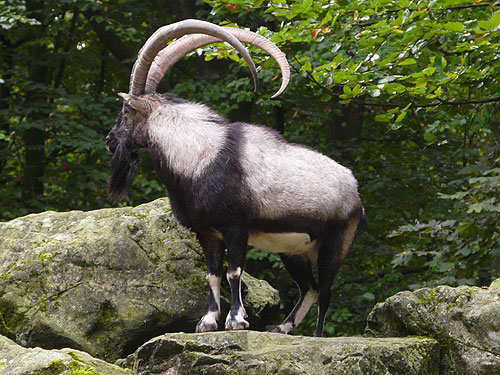
I believe they chose these goats because they were one of the only animals that could live and thrive in these harsh desert and mountain environments which provided these families with the sustenance that they needed to also survive in such inhospitable places.
Places that were strategically chosen by the Biblical patriarchs for their home bases that acted as necessary defensive and offensive encampments so they could carry out their military plans. In addition the habits of the Bedan such as being very shy and wary, keeping to the mountains, and are very difficult to be seen because their color, are some ideas they used for their military efforts.
Over time, their descendants would honor these animals that helped them survive by using the He Goat and its horns as both a symbol of honor and royalty for their Tribes.
These same Tribes who had intimate knowledge of raising and herding these animals would then export these goats to other lands they had conquered like in Germany and Sweden where you will find their Eastern Bedan Cousins called the “steinbock, chamois, or bouquetin” in the Swiss and Tyrol Alps.

Moe is the founder of GnosticWarrior.com. He is a father, husband, author, martial arts black belt, and an expert in Gnosticism, the occult, and esotericism.

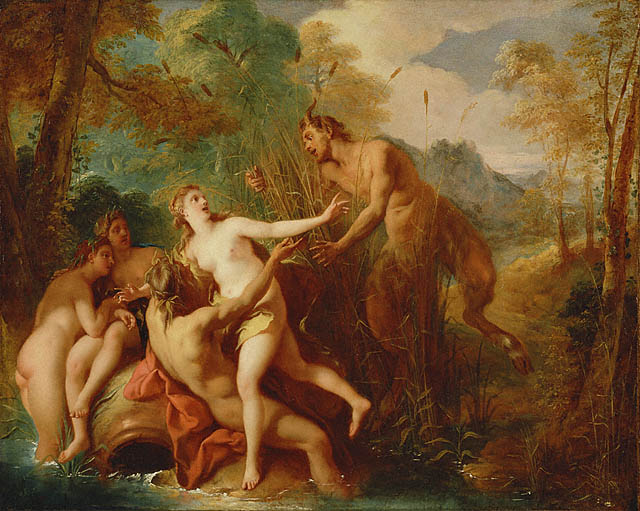
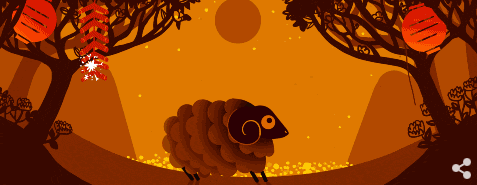



![Of the Council he held with his chief men concerning their reception of the faith of Christ, and how the high priest profaned his own altars [627 A.D.] | Book 2 | Chapter 13 Of the Council he held with his chief men concerning their reception of the faith of Christ, and how the high priest profaned his own altars [627 A.D.] | Book 2 | Chapter 13](https://www.gnosticwarrior.com/wp-content/plugins/contextual-related-posts/default.png)
